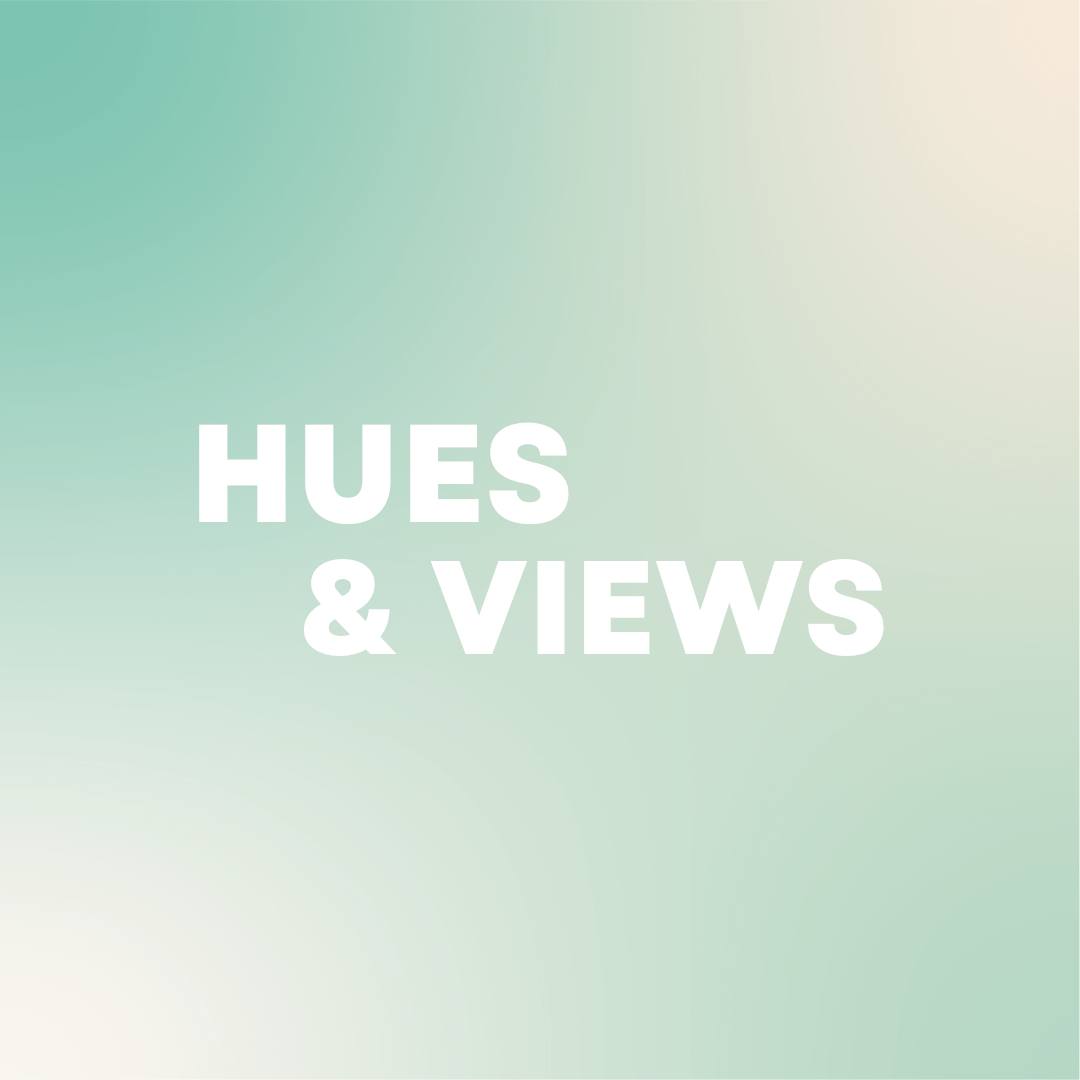Hues & Views: Color Psychology in Marketing

We all know that certain colors represent different emotions– Red is the color of passion, blue is calm and soothing, yellow is happy and bright– but what we don’t often consider is how colors are used to influence everything from branding and advertising to product purchases and everyday behaviors. With so many brands and companies competing for attention, it’s no wonder that many have implemented color theory in their marketing schemes. Let’s dive into the rainbow of branding!
Blue: The World’s Favorite Hue
Across the world, blue is the most popular color. It is also perceived as being the color of trust, safety, and reliability– which is why blue is frequently associated with hospitals, medical brands, banks, insurance companies, and law enforcement. This not only makes blue a safe choice when choosing your brand color but also a smart choice if you want to invoke feelings of assurance in your clients or consumers. Some popular brands that use blue as their primary color include BlueCross BlueShield, Dell, American Express, and General Electric.

Red: A Superpowered Color
When you are looking to stir up emotions and appetites, red is the color to choose. The color red has been proven to enhance feelings of passion, power, and urgency, as well as causing increased appetite. This is why red is used to indicate clearance and sale items, and also why it is used as the main color for many restaurant chains such as Chipotle, Pizza Hut, Dairy Queen, Wendy’s, and Chick-fil-A. Red is also a classic choice in vintage branding– think Coca-Cola– and can be a nod to the Americana style of the mid-1900s.

Green: Fresh and Healthy, New and Wealthy
Green is the color of nature, growth, relaxation, and money, making it an excellent option for brands conveying eco-friendliness, being down-to-earth, or being profitable. As a color that most people associate with spring, it is a great option for those who want to breathe life into their branding. Brands that choose green as their primary color include John Deer, Starbucks, Whole Foods, Spotify, and H&R Block.

Black: The Little Black Dress of Branding
The classic branding color, both in terms of being the first color in printed marketing and being elegant and classy, black is a stark option that offers dramatic branding. Black is used frequently in businesses that want to show traditional sophistication and exclusivity, or in companies that value no-nonsense, straightforward designs. Brands that rely on black include BBC, New York Times, Prada, and Tiffany & Co.

Mint: Cool and Fresh
What would a list of colors be without the MINT Brand Marketing theme color? Mint green is a perfect example of how even though general colors have certain moods and traits associated with them, the different hues of a color can vastly change the interpretation. Mint is like a cool twist on the usual green scene. Lighter and fresher, mint is all about tranquility and creativity. Brands like MINT Brand Marketing, Mint Mobile, Hulu, and Android are saying “We’re chill, creative, and different—check us out!”

From ancient logos to today’s ever-evolving brands, colors take the spotlight in making brands stand out. Whether it’s classic shades like blue, red, green, and black or the in-between shades like mint green, each color holds a particular influence. Brands might choose colors based on researched color theory or simply go with what feels right, but these branding colors carry a more significant impact than meets the eye. When you’re out and about, pay attention to the colors on storefronts and signs – what colors catch your eye? How do they affect your mood? Colors often go unnoticed but communicate with us on a profound level, speaking louder than words. It’s a testament to the hidden power of colors in the world of marketing.